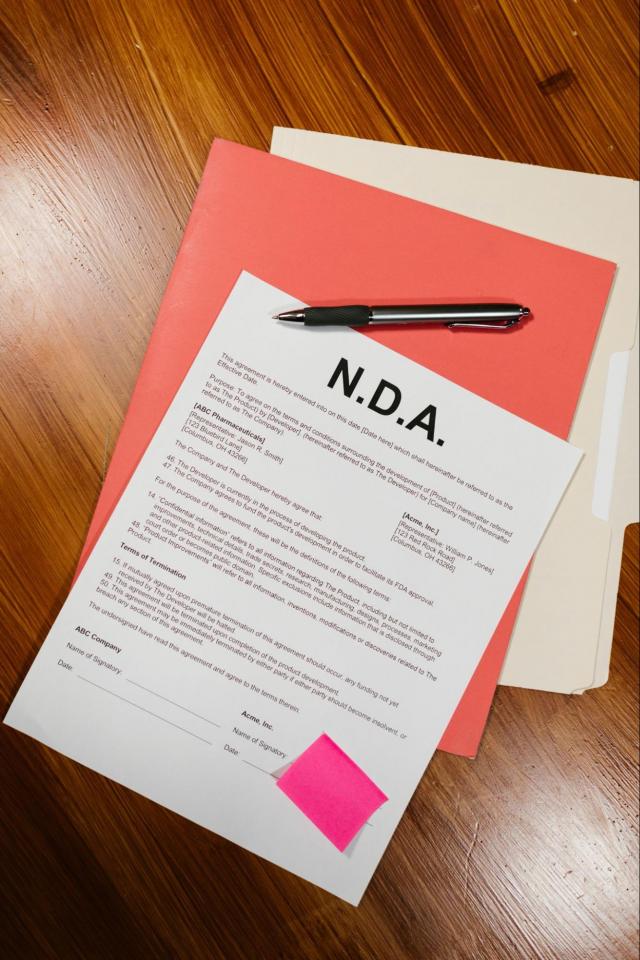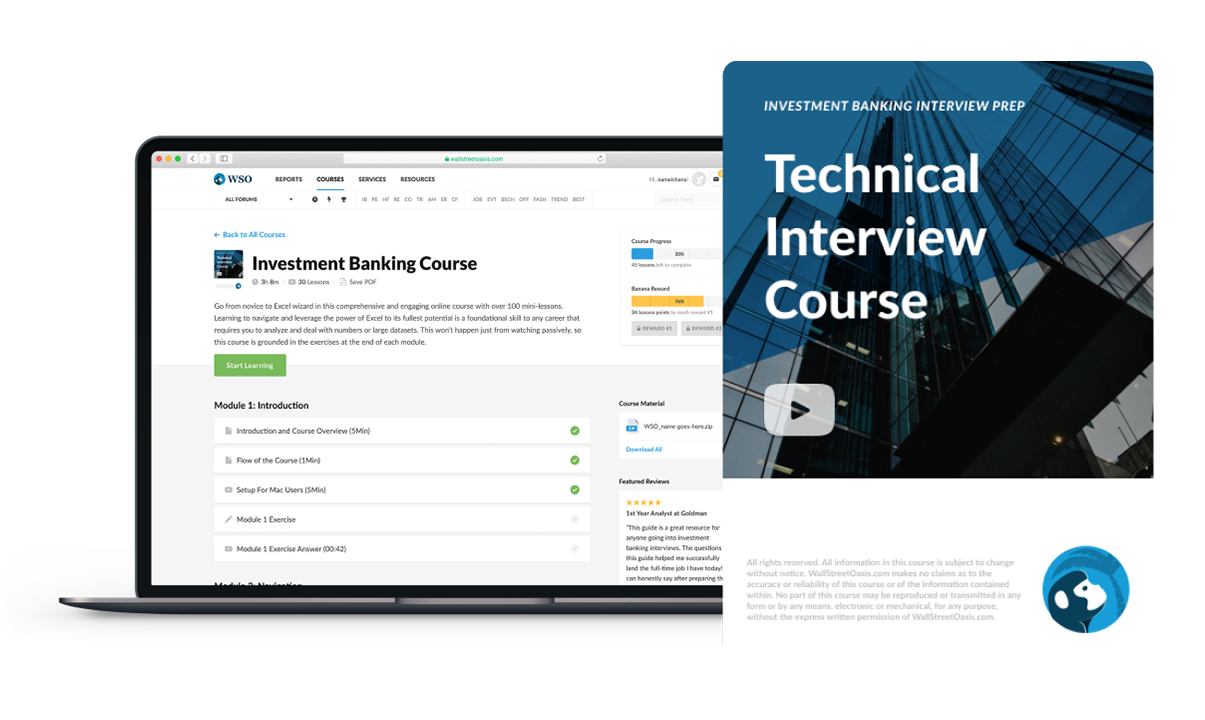
Investment Banker in Sell-Side M&A
The investment banker advises the firm that is looking to sell a particular division, an asset, or the whole business and hand-holds them throughout the transaction till the point of integration.
Investment bankers specializing in Mergers and Acquisitions may specialize in buy-side or sell-side transactions. In either case, the services offered do not differ vastly.

Bankers from both sides provide their clientele with an insight into their core operations, their adherence or non-adherence to industry standards and market trends, and the effect of their business practices on their ultimate valuation.
After performing a company analysis, the investment bankers play a prescriptive role if needed and provide valuable suggestions to help turn the business around, as investment bankers have a knack for feeling the market's pulse.
They then carry out deals in which businesses acquire and purchase small businesses, usually start-ups, particular divisions, or assets of other firms.
From this definition, it is clear that there are two sides to an M&A deal-
When working on sell-side transactions, the investment banker advises the firm that is looking to sell a particular division, an asset, or the whole business and hand-holds them throughout the transaction till the point of integration.
Alternatively, buy-side transactions are where the banker advises the firm looking to buy a particular division, an asset, or the entire business.
As a novice in an analyst or associate role, bankers usually do not advise anyone but keep track of prospective buyers and sellers, respond to information requests, and work on messy Excel sheets.
Thus, the banker handles transactions that can be varied depending on whether those are targeted or broad, depending on the seller's objectives, which ultimately affects how the work is done.

Targeted deals are completed quickly and efficiently and sometimes involve ongoing negotiations between the buyer and seller or the business's need to concentrate on a small number of highly qualified, engaged, and active buyers or sellers.
Compared to broader deal mandates, they typically involve less process work.
Bulge bracket firms and elite boutiques concentrate on target deals that involve big public companies, as these companies usually only have a few possible dealers owing to their size.
In such banks, investment bankers rarely have the opportunity to thoroughly research and gain knowledge about a particular sector or business.
In broad deals, the banker searches through hundreds of potential buyers and sellers and tries to find something that interests the company.
In broad sell-side deals, an auction is held where the banker pitches the company to all the prospective buyers. Based on market competition, the banker seeks to determine the greatest potential enterprise valuation.
NOTE
Middle-market banks and regional boutiques often concentrate on broad deals, nudging their bankers to invest a lot of time researching the industries, trends, geographies, and players in that domain.
Steps in a Sell-Side M&A process
An investment banker is typically active on the buy/sell side of mergers and acquisitions by pitching their bank to potential clients and executing the transactions secured from them.

In sell-side M&A, the banker tries to acquire the target company for as much value as possible. The sale price of the business also determines the banker's commission.
The standard steps in this process are:
1. Creating the Teaser Document
The teaser document is the first formal document created by the bankers, which contains a confidential executive summary of the firm.
It provides the buyers with an overview of the business with the company's historical and projected financials, investment highlights, and Unique Selling Proposition (USP). Still, it keeps the identity of the target company a secret.
To increase competition and receive a higher valuation, the banker tries to approach as many investors involved in the related industries as possible and private equity players.
The potential buyers can be strategic, strategic financial, or purely financial.
Financial buyers consider the standalone cash-generating capacity and the potential for earnings growth, while strategic purchasers emphasize synergies and integration capabilities.

2. Drafting and Negotiating the Clauses of the Non-Disclosure Agreement (NDA)
The seller requires a Non-Disclosure Agreement (NDA) to be executed if a prospective buyer exhibits interest in the company and requests more information to prevent the information from being misused.
The sell-side banker negotiates the NDA's terms to be favorable from the seller's point of view and varies from transaction to transaction.
3. Creating the Confidential Information Memorandum (CIM)
This is 50-100+ pages long extensive, primary marketing document with great detail prepared by the banker containing confidential information about the company.
It covers, among many other things, the following:
- An executive summary
- Industry Overview
- Company profile
- Financial Overview
- Revenue profile
- Employee profile
- Products and service offerings
- Office locations
- Management structure
- Key customers and suppliers
- Competitive advantage
- Key investment considerations
- Growth opportunities, including acquisition opportunities
- Transaction Overview
- Operations and Facilities
- Customer case studies
- Competitors
The information provided depends on the type of business, transaction profile, and fund requirements.
It assists the prospective buyer in thoroughly comprehending the target firm, determining if they want to purchase it, and determining the company's valuation through the financial section to prepare an acquisition bid.
NOTE
The sell-side M&A banker's responsibility is to present the company enticingly but ensure not to be misleading simultaneously.
Before being made available to buyers, this document must receive the approval of
- shareholders,
- the company's legal counsel, and
- regulators governing the operations.

4. Valuing the Business
In addition, the banker performs a comprehensive company valuation as a safety measure in case the valuation is questioned and to better understand the potential valuation range.
5. Receiving the Non-Binding Letter of Offer
A deadline is set within which the potential purchasers submit the Expression of Interest (EOI) with the bankers, including their valuation quote (proposed price or price range and other terms like the percentage of cash vs. stock).
After discussing with the seller's management, the banker invites the top bidders (usually 4 - 5) for the following round.
The bidders are chosen based on several parameters, including
- the price,
- timeline to close,
- strategic synergies, if any, and
- the ratio of cash to stock.
6. Opening the Data Room
The data room, which is an online, secure space for housing and exchanging data, lets the buyers in discussion review information relating to
- Corporate documents,
- Operations,
- Human resources,
- Real estate,
- Material agreements,
- Service agreements,
- Environment, financials, tax, and regulatory issues,
- IT & system management.
On some websites, the seller can alter the settings to choose which customers can download files, redact private information if a strategic buyer is involved, and even track which files are most frequently accessed.
NOTE
The price for each virtual data room provider varies according to the size of the transaction and the quality of the supplied business data.
It assists the buyer in conducting due diligence and ensuring their understanding of the company's skills, financials, and legal agreements match what is stated in the documents presented.
If the potential buyer needs any additional information, it asks the sell-side banker, who then works with the seller to arrange for it to be made available.

7. Organizing Management Meetings
Through phone calls and in-person meetings scheduled by the banker with a predetermined agenda, the prospective buyer discusses the results and analysis with the senior management of the seller.
The seller's CEO, CFO, COO, and important division heads are usually present at the management presentation.
Depending on the sort of buyer-strategic or financial-each may have a certain familiarity with the firm and may demand varying degrees of due diligence to examine it.
These meetings dispel doubts and foster a relationship between the buy and sell-side executives.
These executives are frequently given training by the bankers on how to portray themselves, pitch the business, and respond to inquiries, demonstrating to the buyer the team's professionalism, organization, and attention to detail.
8. Holding Negotiations
The senior banker negotiates with the senior members of the prospective buyer's team to push for a higher valuation through calls and meetings.
The purchase price, transaction structure, and completion date are frequently negotiated.
Following the negotiations, the transaction team recommends a final buyer to the seller with the help of the seller's attorney.

9. Signing the Definitive Agreements
Following the conclusion of the negotiation and establishing an understanding regarding the valuation and other parameters, the companies sign the definitive agreement, which the lawyers draft.
To aid with this, either the bank or the sellers may put together a legal team.
The legal counsel must finish the following things:
- Final employment agreements (if necessary)
- Final leasing agreements (if required)
- Final purchase agreement and accompanying schedules
- Verify that the seller has approved all the documentation
- Gathering all signature pages
- Verification of all wire transfer account details
10. Assisting in Closing the Transaction
The banker then serves as an intermediary to gain approval from various regulatory organizations necessary to complete the deal.
FAQs
In a sell-side M&A deal, the investment banker-
- Prepares the teaser document
- Negotiates the NDA clauses
- Prepares the CIM
- Value the business
- Receives the non-binding letter of offer
- Opens the data room
- Conducts management meetings
- Holds negotiations
- Assists in signing the definitive agreement between companies, and
- Closes the transaction.
Buy-side refers to financial institutions that focus on purchasing securities, equity, and other financial products to increase the rate of return on investments to earn a commission.
Investment managers, pension funds, and hedge funds are examples of companies that fall under the definition of the buy side.
Investment banks, consultancy firms, and corporations all fall within the definition of the Sell-Side, which refers to businesses that issue, sell, or trade securities.
Top buy-side firms include BlackRock, The Vanguard Group, UBS, J.P. Morgan Asset Management, Allianz, etc.
Some renowned sell-side firms include Goldman Sachs, Barclays, Citibank, Deutsche Bank, and JP Morgan.

Everything You Need To Break into Investment Banking
Sign Up to The Insider's Guide on How to Land the Most Prestigious Jobs on Wall Street.
.jpg?itok=DxumzaOP)

or Want to Sign up with your social account?